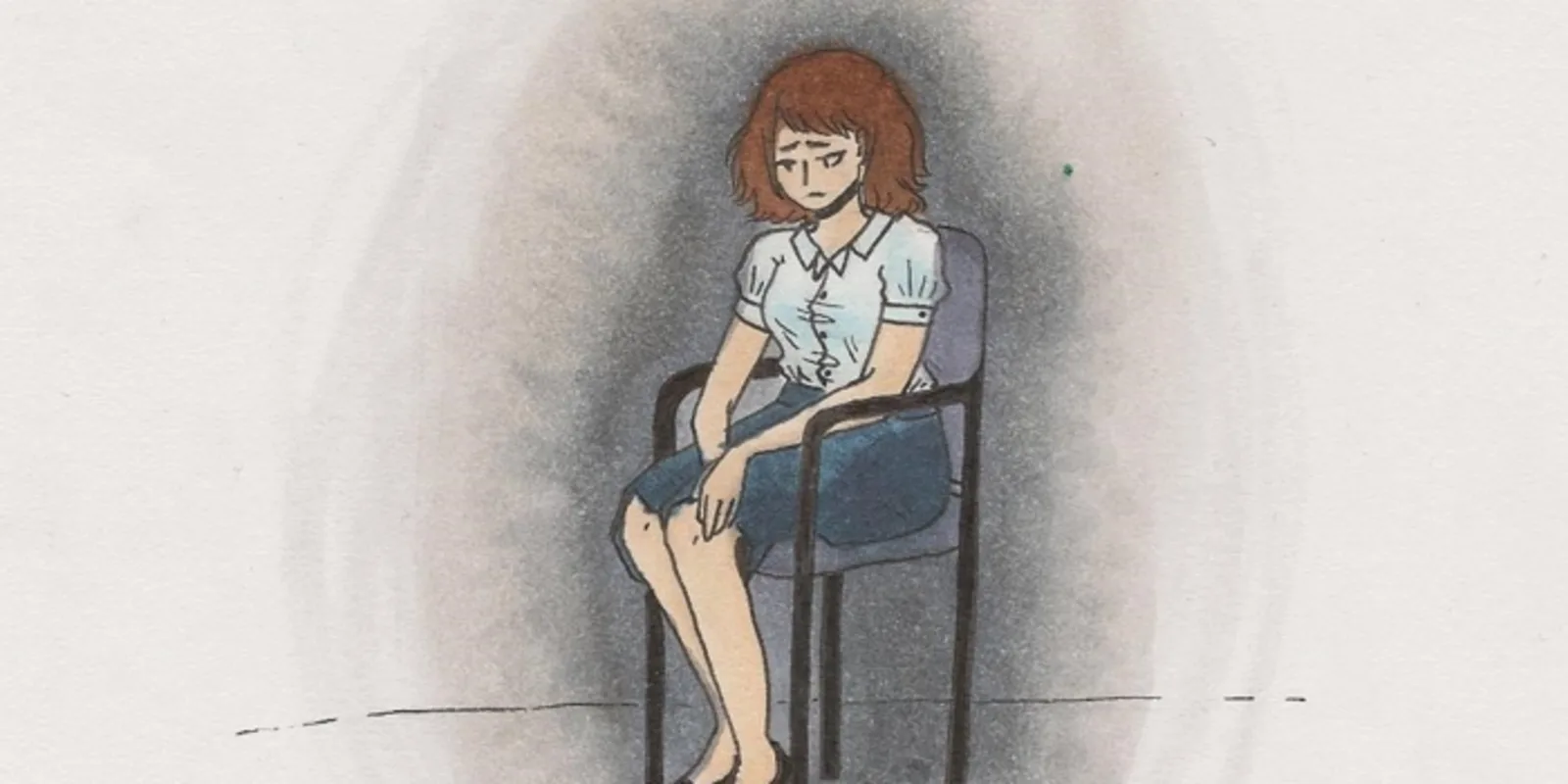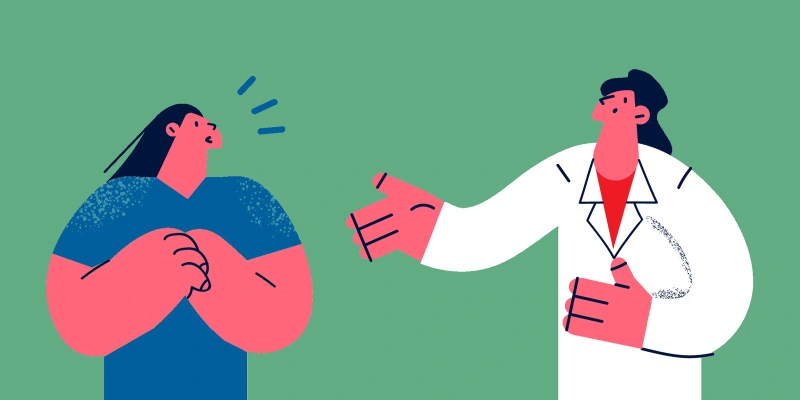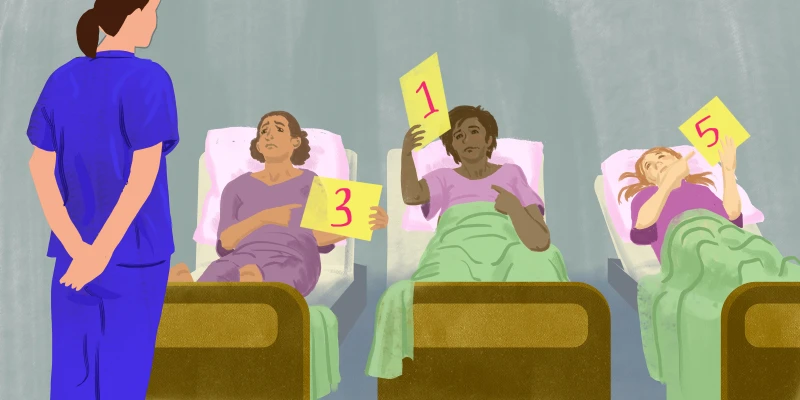A Story & Conversation with Gary Fudem, MD
This is part of the Medical Humanities Series on Op-Med, which showcases visual and literary art by our members. Do you have a piece you’d like to share with the community? Send it to us here.

I’m sorry for your loss.
The monotone sounds form into words that barely drag me from a subconscious, dreamlike place. A tall, female medical resident that I have never met before ends her monologue. She is handing me a non-ink pen with which to sign the computer screen. It says something about stopping his ICU care and instituting comfort measures only. He is my husband, the love of my life. If I dig deep, I can recall a few of the words that she has said to me in the last five minutes explaining that it is all about ending his suffering. The doctor never touches me, but I can feel her body heat transmitted through the plastic pen. She has been using it to check off the boxes over several screens before she hands it to me for my signature. The warm plastic tells me that this young doctor-in-training is indeed a live human being.
I’m sorry for your loss.
I am surprised by the words, not even sure if I have actually heard them. They sound like they are coming from the bedside monitor as I sit next to his bed. It is the same monitor that I have been studying for the past three weeks with its geometric curves and lines translated into numbers and sounds. It is the same computer that is attached to him by plastic probes with invasive catheters entering and exiting his nose, mouth, penis and even stabbing directly through his skin into his heart. The heart waveform is the one most closely scrutinized by the doctors and nurses as the true predictor of whether he will live or die. Never mind that I know the strength of his heart from fifty-three years together living and growing, laughing and crying. I can sense the struggle without the monitor. I am afraid to touch him because for weeks nobody else has touched him without donning gloves and mask and a plastic, disposable gown. He is still alive, yet I feel as if I have already lost him.
I’m sorry for your loss.
I do not understand what is going on. Am I going crazy or did the computer screen actually speak to me? The doctors and nurses have left me alone with him after turning off the drips keeping him alive. I watch the monitors, the same ones that have lulled me to sleep for the past few nights and days in the chair beside his bed. I close my eyes somewhere between sleep and wakefulness and sense the regular rhythm of his heart. I dream of the bright lights on the screen.
I’m sorry for your loss.
There it is again and louder this time. I hear the same intonation, the same cadence and the same exact crispness to the words. Of course, that is the case because these words are coming from a machine programmed to speak when the heart monitor shows a flat-line for more than four minutes and is not turned off. It is the amount of time that signifies irreversible brain death. First the heart stops, then the brain and finally the computer confirms that our life together is over. The resident must have told me this, but I did not hear her explanation. Did she also tell me that every five minutes, the refrain would repeat and get louder?
I’m sorry for your loss.
Somehow it sounds different this time. I open my eyes and see that the nurse is standing there and has unplugged the machine. She reaches out her hand and puts it on top of mine. This is the first touch I have felt in weeks. I see a tear in her eye. My heart finally breaks away from his and she is there to catch me. She waits with me.
After a few minutes, my sleeve is wet. The resident walks in with another non-ink pen and pulls up a screen titled consent for autopsy. He is not the same doctor who had me sign the first screen just thirty minutes before. Her shift had likely ended with this chore signed out. His eyes are glued to a computer screen as he reads out loud. Without even a glance in my direction, he says, I’m sorry for your loss, as if prompted. It lacks the sincerity and compassion even of the voice that had come out of the monitor. I see him check a box. Is he afraid that if he opens his heart and speaks his true emotions that he might say the wrong words and somehow incite a lawsuit because my lover has died on his shift? Or has he been taught by example that there is no room or time set aside in modern medicine for emotional connections? This time I don’t even feel any warmth in the non-ink pen. He hands it to me as if it were a scalpel in the operating room careful not to touch my hand.
I shakily write my signature releasing his body for autopsy and also for medical student dissection. I wonder what kind of student doctors are being trained these days? Will my husband’s love and compassion for life and people be conveyed to them as they dissect his skin and tendons, nerves and bones? Will they make up a song about bones, pronouncing bones long and deep-throated like a southern blues singer, and laugh and sing as they learn their anatomy with grade-school awe? He would have loved that. When they cut through his sternum with a saw, slice open the pericardium and touch his heart, will they see the cleavage and melting point where it fused with mine? Will they feel the loss to me and to the universe of his undying love?

What inspired this piece and why did you choose to write about it as a fictional performance piece?
I was taking what I thought was a writing course led by Ann Randolph called “Write Your Life.” She writes and performs one-woman shows, comedy mixed with life. What I neglected to read in the description was the subtitle: “from page to stage.” It was actually a writing and improv workshop. When I performed this particular one in the pub, several people came up to me after, tearful, moved emotionally and complimentary of the images and feelings conveyed. They identified with the sadness, the death and the love. The first person, I told that it was fiction, and they were a bit shocked. I didn’t tell the others that it was not my own experience with love and death of a partner because it would have somehow ruined it for them.
What inspired this piece is my sadness with the worsening depersonalization of medicine and the clinician-patient relationship. It is part of why I retired from academic institutional medicine at 61 years old, 35 years after finishing medical school and 28 years after finishing residency in plastic surgery. The computer, satirized a bit in this essay, has become the new interface between caregivers and patients. The ICU monitor attempting to communicate emotion with the correct cadence, pitch and words is hyperbole. The check-boxes, however, regarding chores to be completed by the resident or physician upon the death of a patient are real and do not involve emotional counseling or touch. If a resident was raised to be comfortable with compassion, sympathy and empathy, then the patient and family are lucky, but these are rarely modeled in medicine today.
How did you get into creative writing and performance? How does/did it relate to your medical practice?
I have written on and off my whole life. As far as how it relates to my medical practice, I try to write and interact with people from the heart. It is always better as a physician to be a good listener, more than a talker. Throughout my career and training in medicine, death has been a recurring theme involving patients and colleagues, many of whom I considered personal friends. Much of my creative writing from the heart came while writing and speaking formal and informal eulogies. Although I am often awkward in speech and temper intimacy with humor, I am somehow able to find and describe the essence of people when it comes to seeing the good (especially after death, since in life we often see the bad).
Can you tell us about the included illustration?
The illustrations were drawn by a 15 year-old burn patient, Hailey Richardson. I treated her for burn scars on the palm of her hand that she sustained as a toddler. Interestingly, in each portrait, one or both hands are hidden. I suspect that subconsciously this corresponds to her own injured hand that remains shrouded by this early trauma.She has given permission to publish.
Is there anything else you’d like for us to know about either this piece or your creative hobbies in general?
I have been involved with medical ethics teaching, facilitating and moderating throughout my career. I have been on many, many overseas volunteer trips from college through the present, which afford me perspective, and at the risk of sounding cliche, there is no such thing as pure altruism, because we do it for the re-energizing it gives us. The face-to-face interaction with host surgeons and nurses and therapists, shoulder to shoulder in the operating room and clinics, likewise re-energizes them in a way that donated money, resources or webinars cannot.

Gary Fudem, MD is a retired plastic surgeon and Professor of Surgery in Seattle, Washington. He worked full-time with burn and cancer patients for over 35 years. Presently, he is writing a book with a Sri Lankan female burn surgeon on the surgical treatment of burns. Dr. Fudem thinks of the practice of medicine as “a spiritual journey that [he travels] with [his] patients and other caregivers. Some patients need surgery, but all patients need compassion and human touch.”







